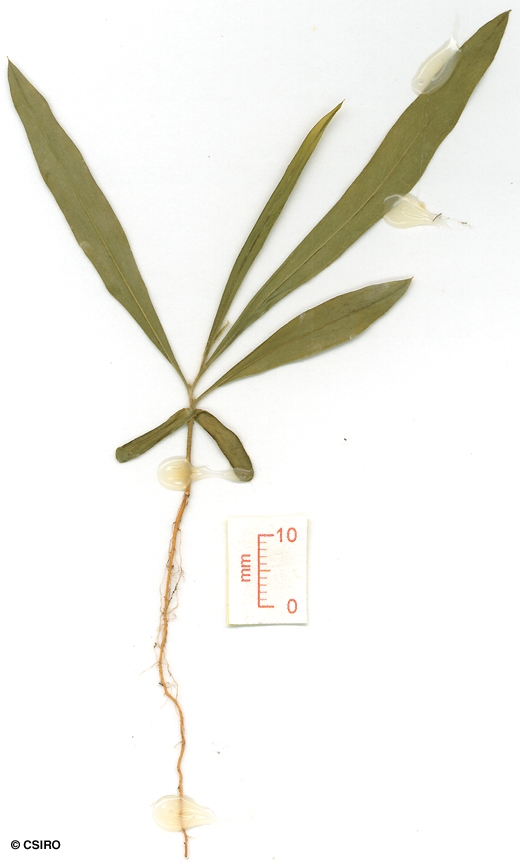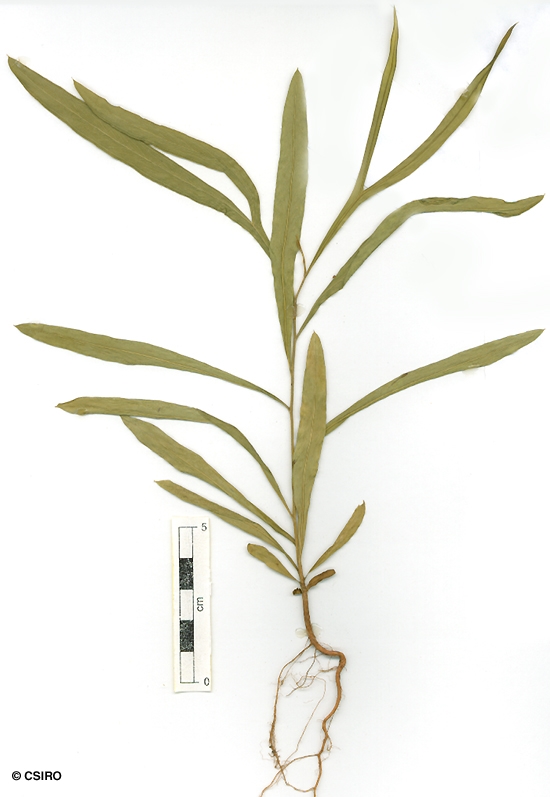Australian Tropical Rainforest Plants - Online edition
Grevillea pteridifolia Knight




Salisbury, R.A. in Knight, J. (1809) On the Cultivation of the Plants Belonging to the Natural Order of Proteeae : 121. Type: This species was discovered by Sir JOSEPH BANKS, near Endeavour River, and has never been in our gardens.
Oak, Ferny-leaved Silky; Silky Grevillea; Oak, Fernleaf Woodland; Kimberley Christmas Tree; Grevillea, Silky; Grevillea, Golden; Golden Toothbrush; Golden Parrot Tree; Golden Grevillea; Ferny-leaved Silky Oak; Fernleaf Woodland Oak; Fern-leaved Grevillea; Grevillea, Fern-leaved
Can grow into a tree 6-8 m tall but often flowers and fruits as a shrub 3-4 m tall.
Oak grain in the twigs. Terminal buds and young shoots densely clothed in reddish brown prostrate hairs. Leaves could be regarded as either simple and deeply lobed or compound. Leaflets or leaf lobes about 10-21 cm long, 0.1-0.5 cm wide. Leaflets or leaf blades clothed in white or light brown hairs on the underside, margin conspicuously recurved.
Racemes secund. Perianth tube somewhat dilated towards the base. Tepals densely pubescent on the outer surface, glabrous on the inside. Hypogynous gland +/- horseshoe-shaped in outline but lobed at the apex. Ovary surrounded by a mass of long, pale hairs. Ovules 2 per ovary. Stigma terminal or slightly lateral.
Cotyledons +/- linear, about 14-16 x 2-6 mm, margins ciliate. First pair of leaves simple, narrowly elliptic, about 35-40 x 5-6 mm. At the tenth leaf stage: leaf blade simple, margin smooth or deeply lobed, underside clothed in long, white, prostrate hairs when young. Leaves or lobes long and narrow, apex aristate, base attenuate. Terminal bud clothed in long, white, prostrate hairs. Seed germination time 26 to 51 days.
Endemic to Australia, occurs in WA, NT, CYP, NEQ and CEQ. Altitudinal range from near sea level to 800 m. Usually grows in open forest but sometimes found on the margins of monsoon forest and vine thickets.
A beautiful open shrub with fine foliage and large spikes of flowers that are very attractive to birds. Used in producing many of the Grevillea hybrids now so popular in horticulture.





